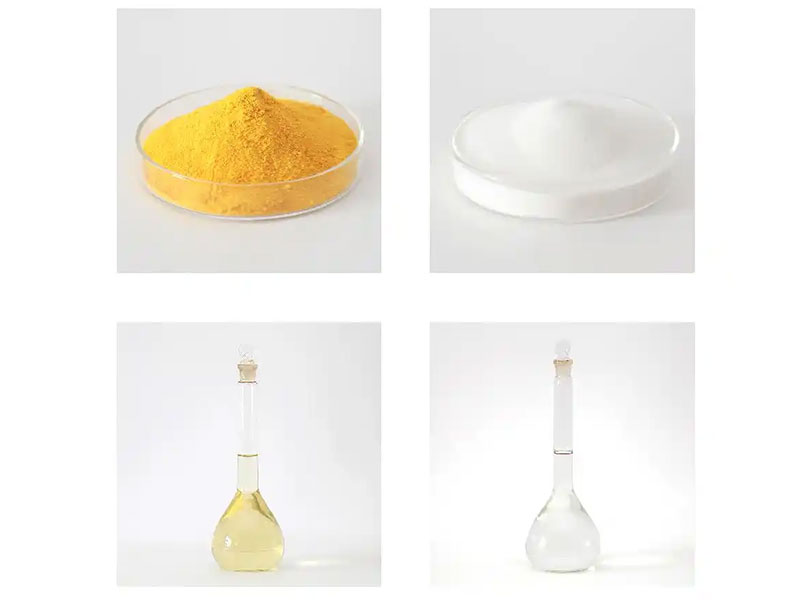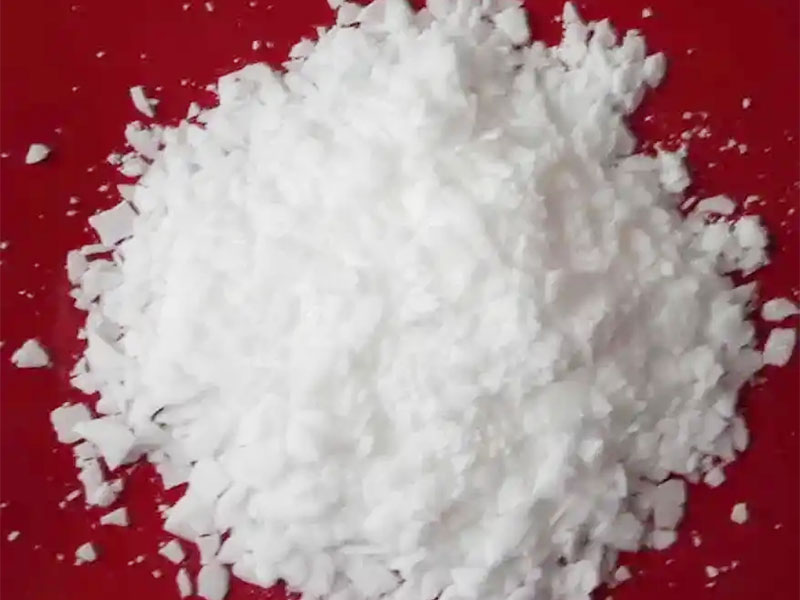Water Treatment Chemicals: The “Chemical Special Forces” of Industrial Wastewater
In the arena of industrial wastewater, "martial arts masters" such as liquid flame retardants, electroplating wastewater, and chemical wastewater have appeared one after another. The "hidden weapons" such as organic matter, heavy metals, and phosphates they carry have made the environment miserable. In this "wastewater defense war", water treatment chemicals are like a well-trained "chemical special forces", using coagulation, oxidation, neutralization and other skills to defeat pollutants one by one. This article will take you to the wastewater treatment site to see how these chemicals perform a "magic show".
Coagulation and sedimentation: Let suspended matter "gather together for warmth"
Scene restoration: In a flame retardant production workshop, when the wastewater just flows out of the production line, it looks like a pot of turbid "sesame paste" - fine sand particles, phosphate byproducts, and unreacted raw materials are suspended in it, and the COD (chemical oxygen demand) is as high as 1000mg/L or more. At this time, the "golden partner" of coagulant and coagulant aid makes a brilliant appearance.
Agent Agent:
Coagulant (such as polyaluminium chloride): Through electrical neutralization, the negative charge on the surface of suspended particles is "demagnetized" and loses stability.
Coagulant (such as polyacrylamide): Using long-chain molecular structure, it absorbs tiny particles like a "spider web" to form large flocs.
Operation details:
pH adjustment: First add lime or sodium hydroxide to the wastewater to adjust the pH to 6-9 to create the best environment for coagulation reaction.
Rapid stirring: Stir at 300rpm in the mixing tank for 2 minutes to allow the agent to fully contact with the wastewater to form "alum flowers" (flocs).
Slow sedimentation: After the flocs enter the sedimentation tank, the water flow rate drops to 0.5mm/s, the flocs settle by gravity, and the COD of the supernatant can be reduced by 40%-60%.
Humorous point: Coagulant is like a "social expert", making the suspended particles that originally ignored each other "hand in hand" hold together, and finally be "invited out of the group chat" by the sedimentation tank.
Redox: "Perish Together" with Pollutants
Scene Reduction: In an electroplating wastewater treatment plant, hexavalent chromium (Cr⁶⁺) in the wastewater is like a "time bomb" and is 100 times more toxic than trivalent chromium. At this time, the "contradictory" pair of reducing agents and oxidizing agents begins to work in relay.
Pharmacy Agent:
Reducing agent (such as sodium metabisulfite, sodium sulfide): Reduces hexavalent chromium to trivalent chromium (Cr³⁺), reducing toxicity.
Oxidizing agent (such as sodium hypochlorite, hydrogen peroxide): Decomposes organic matter, kills pathogens, and oxidizes ammonia nitrogen to nitrate.
Operation details:
Reduction reaction: Under acidic conditions (pH=2-3), sodium metabisulfite is added, the reaction time is 30 minutes, and the hexavalent chromium removal rate can reach 99%.
Neutralization precipitation: Use lime to adjust the pH to 8-9, so that trivalent chromium generates chromium hydroxide precipitation, which is removed through an inclined plate sedimentation tank.
Deep oxidation: Add hydrogen peroxide to the residual organic matter, generate hydroxyl radicals (·OH) under the catalysis of iron ions, and completely mineralize the organic matter into CO₂ and H₂O.
Humorous point: The reducing agent is like "Agent 007", sneaking into the wastewater to "change the appearance" of hexavalent chromium; the oxidizing agent is like a "scavenger", burning the organic matter into "ashes".
pH adjustment: the "balance" of acid-base neutralization
Scene restoration: Chemical wastewater treatment station, the wastewater pH value is as low as 2 (strong acid), and direct discharge will corrode pipes and poison aquatic organisms. At this time, the pH adjuster becomes a "peacemaker" to calm this "acid-base war".
Pharmacy agent:
Acidic wastewater: Add lime (CaO) or sodium hydroxide (NaOH) to quickly neutralize the acidity.
Alkaline wastewater: Add sulfuric acid (H₂SO₄) or hydrochloric acid (HCl) to adjust the pH to neutral.
Operation details:
Step-by-step addition: first add 50% lime, stir for 10 minutes, then test the pH, and then gradually add to the target value.
Buffer control: Set a pH probe in the regulating tank to feedback data in real time to avoid "overcorrection" caused by excessive addition.
Residual alkali utilization: In the anoxic tank, denitrifying bacteria will consume alkalinity. At this time, the residual alkali produced by the neutralization reaction can be used to supplement the carbon source.
Humorous point: pH regulator is like a "water balance master", with acid in the left hand and alkali in the right hand, "walking the tightrope" precisely on the 7.0 scale line.
Deep treatment: the "combination punch" of pharmaceuticals
Scene restoration: After biochemical treatment of a flame retardant wastewater, TP (total phosphorus) still exceeds the standard to 5mg/L, and further deep treatment is required. At this time, the dephosphorizer and decolorizer come on stage together to perform "ultimate purification".
Pharmaceutical agent:
Phosphorus remover (such as polyferric sulfate): generates iron phosphate precipitation with phosphate, and the removal rate is more than 90%.
Decolorizer (such as activated carbon or cationic polyacrylamide): adsorbs color substances to make the wastewater clear from "soy sauce color".
Operation details:
Phosphorus removal reaction: add dephosphorus remover to the coagulation tank, stir for 15 minutes, and enter the sedimentation tank after generating flocs.
Decolorization filtration: further remove residual color and suspended solids through sand filtration and activated carbon adsorption tower.
Reuse detection: COD≤50mg/L and TP≤0.5mg/L of treated water can be reused in production links.
Humorous point: The phosphorus removal agent is like a "phosphorus-absorbing sponge", which "sucks" all the phosphorus in the wastewater; the decolorizing agent is like a "beauty camera", which makes the sewage appear "naturally" in an instant.
"Guide to Avoiding Pitfalls" for Selecting Chemicals
Adapt to local conditions: electroplating wastewater contains heavy metals, so it is necessary to use a reducing agent + coagulant in combination; printing and dyeing wastewater has high chromaticity, so a decolorizing agent + oxidant is more efficient.
Cost control: Aluminum sulfate is low in price but large in dosage, while polyaluminum chloride is used in small amounts but at a high price, which needs to be weighed based on water quality and economic efficiency.
Secondary pollution: Avoid excessive addition of chemicals that lead to a surge in sludge volume, or residual chemicals that affect subsequent treatment.
Conclusion: "Double Dance" of Chemicals and Processes
Water treatment chemicals are not "panaceas", they need to work closely with coagulation and sedimentation, biochemical treatment, membrane separation and other processes to achieve standard discharge or reuse of wastewater. Just like a wonderful dance, chemicals are the agile dancers, and processes are the steady partners, and neither is indispensable. In the future, with the emergence of new technologies such as microbial flocculants and nanomaterials, this "chemical special forces" will surely be more efficient and environmentally friendly, and will write a new chapter in industrial wastewater treatment!




